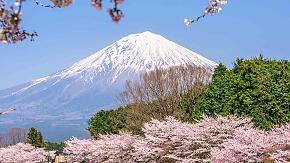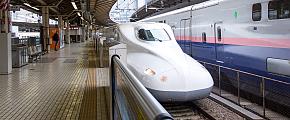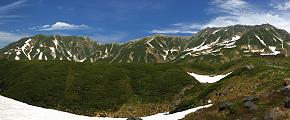Mt. Fuji Climbing Guide: 2025 Hiking Season & Trails
The majesty of Mt. Fuji with its snow-capped summit is always awe-inspiring, whether you choose to take a leisurely boat ride on the foothill lake, admire it from afar at Arakurayama Sengen Park, or even want to get closer to this iconic symbol of Japan. So, how to climb Mt. Fuji during a trip to Japan? If you have the same desire, follow this Mt. Fuji climbing guide to conquer the highest peak in Japan.
When to Climb Mt. Fuji in Japan
Official Hiking Season in 2025: July 1 to September 10 (yet to be determined)
Typically, early July to mid-September marks the official climbing season for Mt. Fuji, when the weather around the mountain tends to be clear and mild, with fewer snow obstacles on the trails and increased availability of mountain huts, security, and other support facilities.
The Best Time to Climb Mt. Fuji
The peak climbing season for Mt. Fuji is from late July to late August, coinciding with school vacations and the Obon holiday, which attract large crowds, including many local families.
For those seeking a quieter experience to hike at their own pace or capture stunning photos, early July and September are the ideal time to climb Mt. Fuji, offering relatively uncrowded trails and a more serene atmosphere.
Climbing Season Weather in Mt. Fuji
At an altitude of 3776 meters, the weather on Mt. Fuji can be quite changeable, varying significantly from the foothills to the summit, with summer afternoons often bringing thunderstorms.
Despite the summer heat, temperatures at the summit can drop below freezing, particularly in the early morning hours before sunrise. To successfully conquer Japan's highest peak, it's essential to dress in layers to stay warm and carry rain gear to handle sudden weather changes.
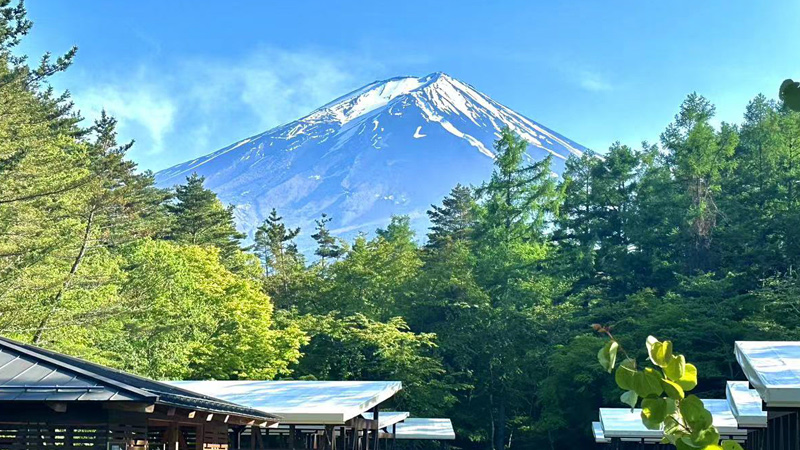 Mt. Fuji in Summer
Mt. Fuji in Summer
How to Climb Mt. Fuji
Typically, climbing Mt. Fuji takes about 10 hours - around 6 hours to reach the summit and 4 hours to descend. For experienced hikers seeking a challenge, it's possible to complete the climb in a single day, as the hike itself is not technically difficult.
However, if your goal is to witness the breathtaking sunrise from the summit or to enjoy a more relaxed pace, a 2-day hike with an overnight stay in a mountain hut is highly recommended. This approach also helps reduce the risk of altitude sickness caused by a rapid ascent.
On the first day, begin your hike from the 5th station and gradually make your way to a mountain hut at the 7th or 8th station, where you can rest and acclimatize to the higher altitude and thinner air. After recovering overnight, start your summit climb early the next day to reach the peak in time for sunrise - a truly unforgettable Mt. Fuji climbing experience.
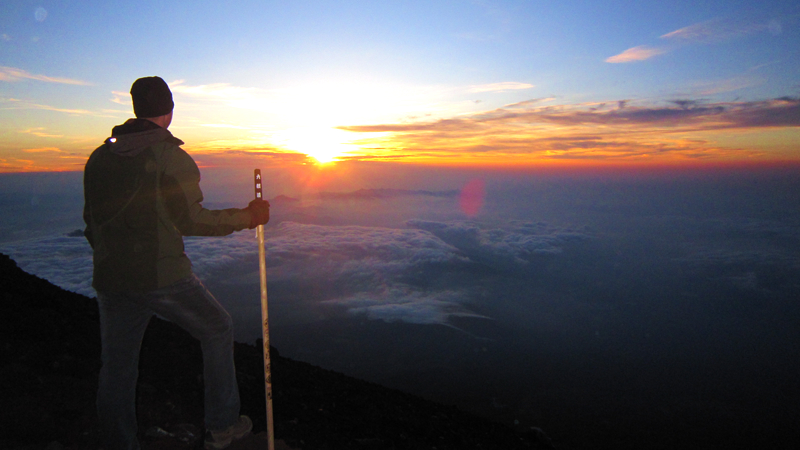 Sunrise at Mount Fuji
Sunrise at Mount Fuji
Mt. Fuji Hiking Trails With Map: Which One to Take
There are 4 trails for climbing Mt. Fuji: the Yoshida Trail, the most popular route; the Subashiri Trail, a quieter and less-trodden option; the Fujinomiya Trail, the shortest path; and the Gotemba Trail, the longest trail.
Note: Overnight hikes are not officially recommended, and as a result, the trailheads are closed from 2 pm to 3 am to those without mountain hut reservations.
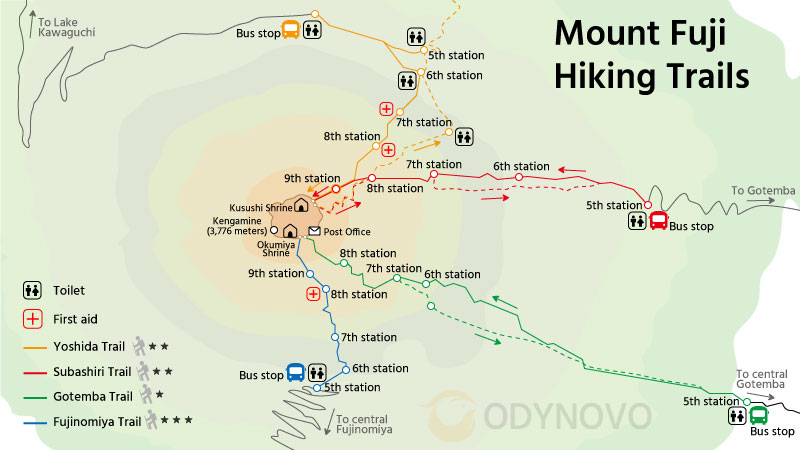 Mt. Fuji Hiking Trails Map
Mt. Fuji Hiking Trails Map
Yoshida Trail
Starting from the Fuji-Subaru Line 5th Station, the Yoshida Trail on the north side is highly favored, offering separate routes for ascent (about 6 hours) and descent (about 4 hours). Its proximity to Fujiyoshida ensures numerous mountain huts and facilities along the route, making the Yoshida Trail a friendly route for beginners to try.
Note: There is an entry fee of 4000 JPY to climb the most popular Yoshida Trail as well as a daily limit of 4000 hikers. Make your reservation as early as possible or leave it to Odynovo for your carefree Mt. Fuji climbing adventure.
Fujinomiya Trail
The ascent of the second popular Fujinomiya trail presents a bit more of a challenge, with a shorter route but rapid changes in altitude, making it better suited for seasoned climbers. This south-side trail, starting at the Fujinomiya Trail 5th Station, with an ascent of approximately 4 hours and descent of about 2 hours, shares the same path, often leading to congestion during peak seasons.
At the 6th station, there is another trail leading you to Hoeizan in just 30 minutes. Here, you can enjoy breathtaking views of the Pacific Ocean before reaching your ultimate destination.
Subashiri Trail
The Subashiri Trail, situated on the east side, offers a quieter alternative with fewer crowds and a charming tree-lined path at the outset. Starting at Subashiri 5th Station, the ascent trail, lasting about 6 hours, eventually converges with the Yoshida Trail at the 8th station. Meanwhile, the descent route includes a captivating stretch starting from the 7th station, providing an intriguing trail to explore.
Gotemba Trail
The longest Gotemba Trail also requires about 10 hours to complete, with 7 hours for the ascent and 3 hours for the descent. Though there are fewer huts for booking, its gradual incline and sparse crowds make the trail relatively easy to climb. Remarkably, it was selected by the Emperor of Japan as his first route to the summit, which is why it is also known as the Prince's Route.
How to Get There to Hike
Yoshida Trail: Fuji-Subaru Line 5th Station
Typically, it's a 1.5-hour drive or a 3-hour Shinkansen ride to Kawaguchiko Station from Tokyo, where you can also capture the grand scenery on a cruise through Lake Kawaguchi before boarding the bus to the Fuji-Subaru Line 5th Station. Alternatively, direct buses depart from Shinjuku Expressway Bus Terminal in Tokyo, offering a 2.5-hour journey to the starting point.
Fujinomiya Trail: Fujinomiya 5th Station
During the climbing season, many roads leading to Fujinomiya 5th Station are closed to private vehicles. You can park your car at Mizugazuka and catch a bus to the 5th station. Or, consider Shizuoka as your gateway, with shuttle buses from Shin-Fuji Station or Mishima Station, which takes about 2.5 hours to get to the 5th station.
Subashiri Trail: Subashiri 5th Station
The shuttle buses departing from Gotemba Station are essential for reaching Subashiri 5th Station, and there's no shortage of buses or JR trains from Tokyo or Kyoto, usually taking 2.5 to 4 hours. Alternatively, you can travel from Hakone, which is closer, allowing you to unwind in the hot springs before your climb.
Gotemba Trail: Gotemba 5th Station
Given its close proximity, the Gotemba Trail shares the same gateway as the Subashiri Trail. You can take advantage of Japan's transport to Gotemba Station by bus or Shinkansen, and don't forget to check the bus line before boarding.
Where to Stay During the Hike
As camping is not allowed on Mt. Fuji, the mountain huts along the trekking trails, typically between the 5th and 9th stations, offer the best accommodation options. Particularly sought after are the huts near the 8th and 9th stations, coveted for their ideal departure distance to the sunrise views from the peak. To secure a spot for this once-in-a-lifetime experience, it's advisable to book your bed as early as possible.
Note: There is no single room for a mountain hut. All visitors will share the same roof but have their own place for the one-night rest.
Mt. Fuji Climbing Tips
Time for Sunrise
The summer sunrise is quite early, usually between 4:30 am and 5:00 am. If you want to catch the stunning summit sunrise, rest and get up early as it still takes about 1.5 to 2 hours to reach the summit from the 8th station.
Fully Prepare for the Climb
Given the challenging nature of climbing Mt. Fuji, thorough preparation is essential. From suitable hiking gear and protective equipment for your body to extra clothing to keep warm and rain gear for unexpected showers or snow, every aspect of preparation, including physical conditioning before the climb, can significantly aid your ascent.
Book Your Hut in Advance & Plan Your Arrival
Due to the limited availability of huts, especially in the 8th and 9th stations, it's important to book your accommodation well in advance. Reservations for the 2025 season will open towards the end of March. You should also bear in mind that dinner service in most huts usually ends early, at around 8 pm.
Find Your Own Pace
Loose rocks and pebbles along the trails may not dampen your enthusiasm, but it won't be comfortable when altitude sickness catches you. Oxygen tanks and medicine would be helpful, a steady start and a timely rest to get used to the high level is the key. If you still feel unwell, don't hesitate to quit the task.
Take Some Cash With You
It is quite easy to come across some unattended rest stops along the way where you can use some small changes to fulfill your needs. Surprisingly, even a vending machine is available at the summit. Another thing to mention is the gratuity of about 200-300 yen for using public toilets.
Send A Postcard From the Summit
In addition to the magnificent view that serves as evidence of your conquest of Mt. Fuji, there is also a post office located at the summit. Pick your ideal postcard, affix the special postmark and share your joy and achievement with family and friends with this unique souvenir.
Up to the Summit of Mt. Fuji This Summer
Many travelers are inclined to include Mt. Fuji in their multi-stop journeys across Japan, drawn to the allure of this sacred peak. Whether it's capturing a distant photo amidst cherry blossoms and temples or enjoying a leisurely boat ride surrounded by floating autumn leaves, the mountain beckons with its timeless appeal. So why not check off Mt. Fuji climbing from your bucket list this summer?
Quick Question
Related Posts You May Like
What Our Clients Say
Explore the latest verified reviews of Odynovo's travel services on Tripadvisor, Google, Trustpilot, Product Review and more trusted platforms.
SUBSCRIBE TO WIN A FREE TOUR
Subscribe to our newsletter for a chance to win a free 7-day tour to India! And more insider travel news, exclusive offers, and inspiration will be sent straight to your inbox. Check our previous newsletters and get some sparks.

